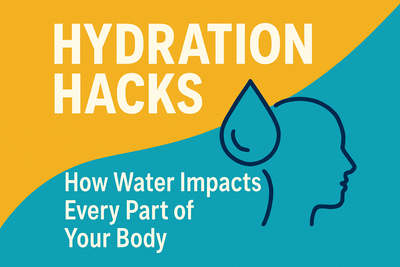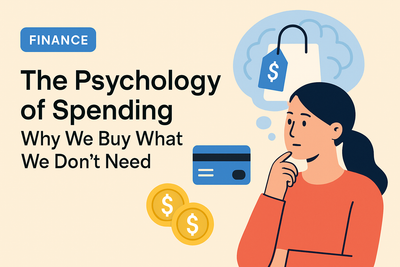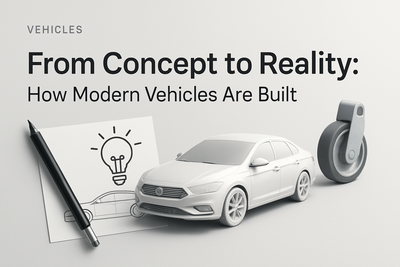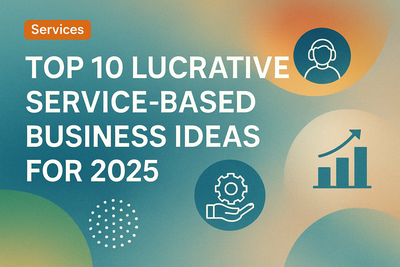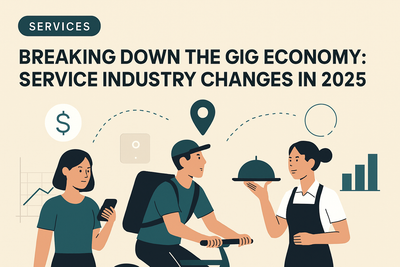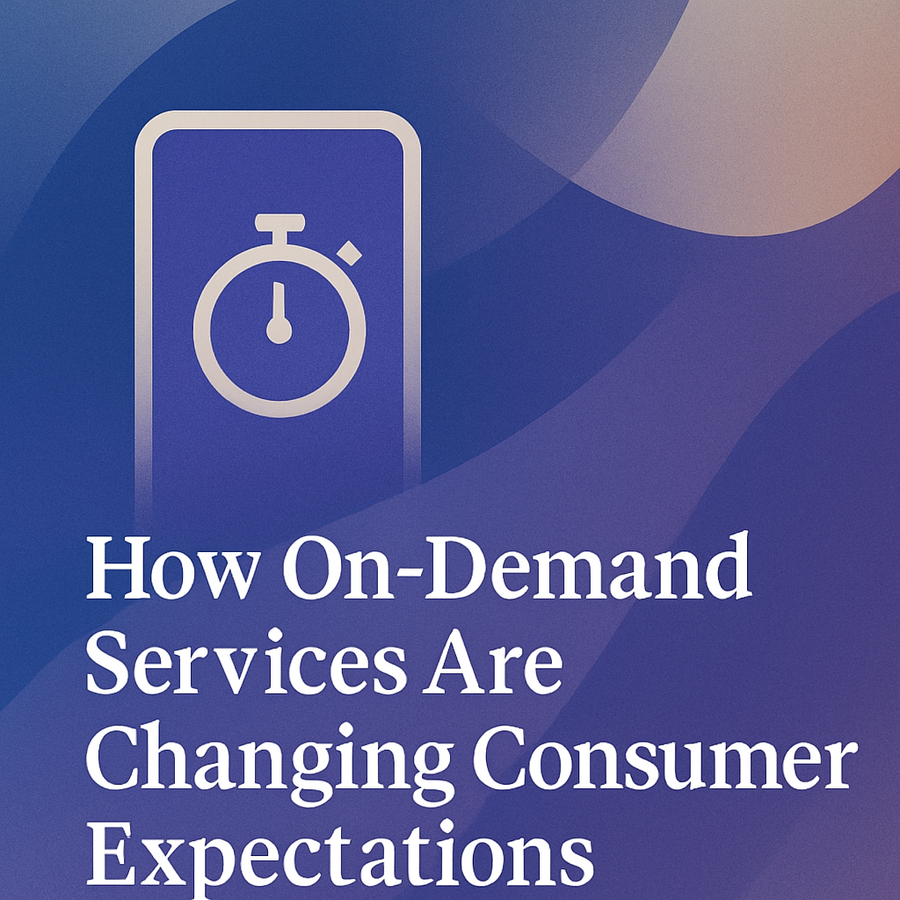
Introduction
In the age of instant gratification, consumers have grown accustomed to getting what they want, when they want it. From hailing a ride with a few taps to getting groceries delivered within the hour, the rise of on-demand services has fundamentally shifted consumer expectations. These services are not just changing how businesses deliver value — they are redefining what customers consider "normal."
The Rise of On-Demand Culture
Over the past decade, companies like Uber, DoorDash, Netflix, and Instacart have revolutionized their respective industries by delivering immediate access to products and services. This shift is fueled by advances in mobile technology, real-time data analytics, and logistics platforms. Consumers now expect responsiveness, personalization, and speed — qualities that traditional service models often struggle to deliver.
This shift is not limited to transportation or food; industries such as healthcare (telemedicine), beauty (mobile salons), and finance (mobile banking) are being disrupted by on-demand models.
Redefining Convenience and Speed
Whereas consumers once accepted waiting days for shipping or sitting through long service windows, they now expect rapid turnarounds. On-demand services eliminate friction, offering:
- Faster delivery times
- Flexible scheduling
- 24/7 availability
- Real-time updates
These features have set a new benchmark. Businesses that fail to match these standards risk losing customers to more agile competitors.
Personalization and User Experience
On-demand platforms thrive on data. They use machine learning and user behavior analysis to deliver personalized experiences—from content recommendations on streaming platforms to suggested orders on food delivery apps. This level of customization leads to:
- Greater customer satisfaction
- Higher retention rates
- Stronger brand loyalty
Consumers now expect companies to know their preferences and anticipate their needs, making personalization not a luxury but a necessity.
Business Model Disruption
Traditional businesses must adapt or risk obsolescence. The success of on-demand services has led to the emergence of the "gig economy," where independent contractors power service delivery. This model offers businesses:
- Lower overhead costs
- Scalable operations
- Access to flexible labor pools
However, it also brings challenges related to regulation, worker rights, and maintaining service quality.
The Future of On-Demand Expectations
As technology continues to advance, consumer expectations will only grow. Emerging trends include:
- AI-powered chatbots for instant customer support
- Drone and autonomous vehicle deliveries
- Predictive shopping that anticipates needs before consumers recognize them
Businesses must continually evolve to meet these rising expectations or risk falling behind.
Conclusion
On-demand services have transformed the way consumers interact with businesses. Speed, convenience, and personalization are no longer perks — they are prerequisites. Companies across all sectors must embrace this shift and innovate to stay competitive. In a world where "now" is the new normal, the ability to deliver instantly and intelligently is the key to winning consumer loyalty.
On-demand isn’t just a trend — it’s the future standard.


